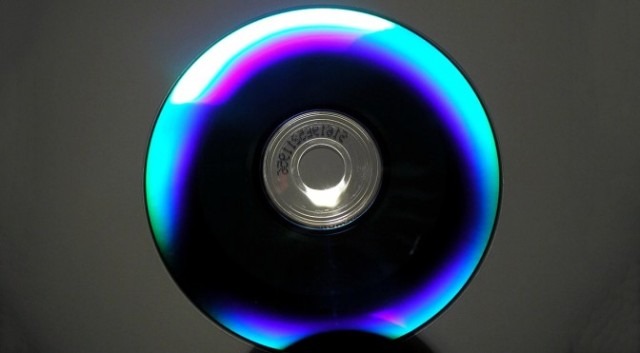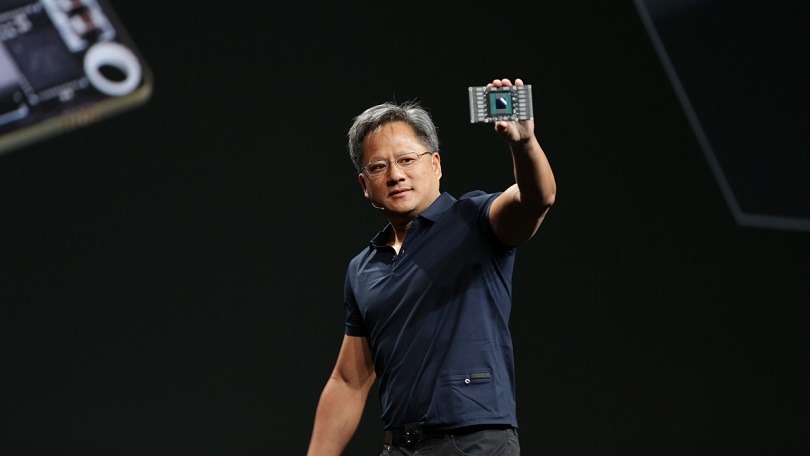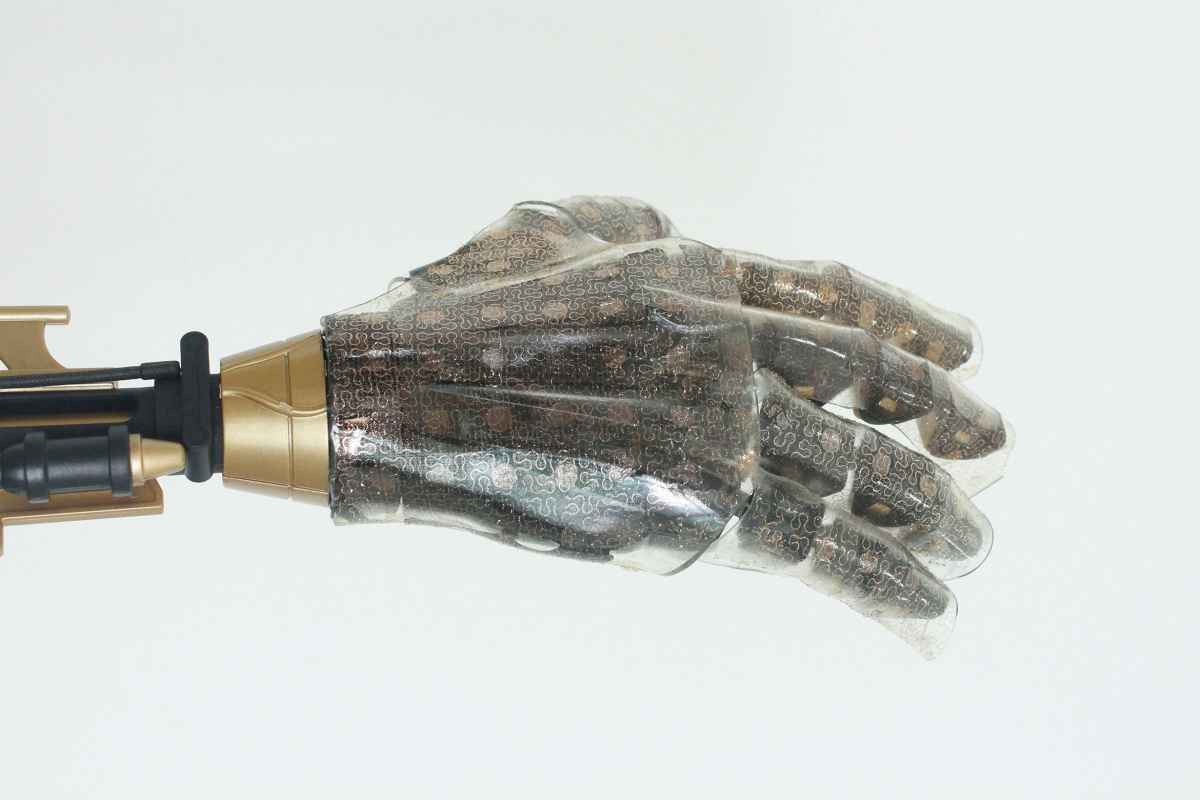Researchers at Northwestern University have used Blu-ray discs — of Jackie Chan’s seminal Police Story 3: Supercop, to be exact — to increase the efficiency of solar panels by a massive 22%.
This one’s a bit crazy, but stick with me. Blu-ray discs, like CDs and DVDs before them, consist of a thin layer — or layers — of recording medium sandwiched between two bits of plastic. Data is stored on this medium in a series of pits — small indentations — that are about 75nm long. To read the data, a laser is bounced off the recording medium — where the medium is smooth and untouched (usually referred to as islands), the laser light bounces straight back into a sensor; where the pits are, the laser is reflected differently. Thus, binary data can be stored and read.

In the case of Blu-ray, the binary data isn’t just burnt directly to the disc — compression is applied, and error control codes are added so that data can be recovered in the case of light scratches. Because the error control codes are applied every few bytes, the end result is a disc covered in quasi-random pits and islands that have a recurring pattern every 150 to 525 nanometers. (The iridescence — rainbow effect — of optical discs is caused by this repeating pattern, in case you wondered.)
As it turns out, these two characteristics — a quasi-random pattern, repeating every 150 to 525nm — are almost perfectly tuned for trapping photons in the visible light and near-infrared spectrum. One of the main reasons that current solar cells aren’t that efficient is because many photons simply reflect off the panel, rather than being converted into electrons. You can probably see where this is going.


To increase the efficiency of a solar panel by 22%, the researchers at Northwestern bought a copy of Police Story 3: Supercop on Blu-ray; removed the top plastic layer, exposing the recording medium beneath; cast a mold of the quasi-random pattern; and then used the mold to create a photovoltaic cell with the same pattern. As you can see in the image above, this process actually makes the nanopatterned solar cell have the same iridescence as a Blu-ray disc. [Research paper: doi:10.1038/ncomms6517]
The end result is a solar panel that has a quantum efficiency of around 40% — up about 22% from the non-patterned solar panel. As you can see in the graph above, the nanopatterning increases the solar panel’s absorption and efficiency across the entire range of 400-700nm wavelengths (visible to near infrared).
Moving forward, can we expect the price of mediocre Jackie Chan movies to soar? Probably not. Any Blu-ray disc should work — and anyway, the more important takeaway here is that we should start nanopatterning our solar panels immediately. It just so happens that taking a mold of a Blu-ray disc is a cheap and easy way to get your hands on a good quasi-random nanopattern — but in the future, the patterning could be produced directly, without the Blu-ray intermediate.
Or, alternatively, if AOL starts using Blu-ray discs for its free trials, maybe we could finally fix the world’s reliance on fossil fuels…
via extremetech.com



